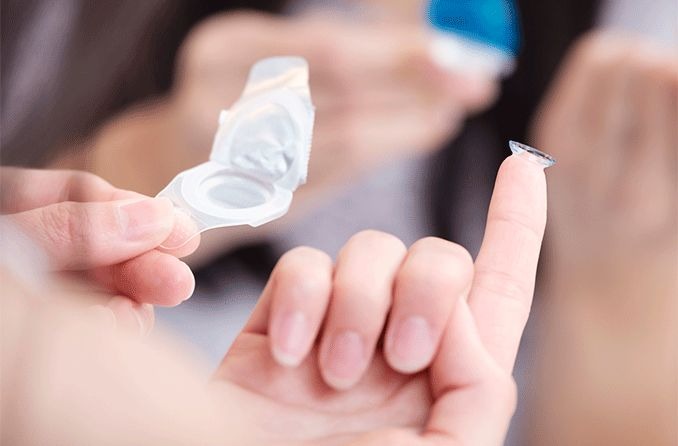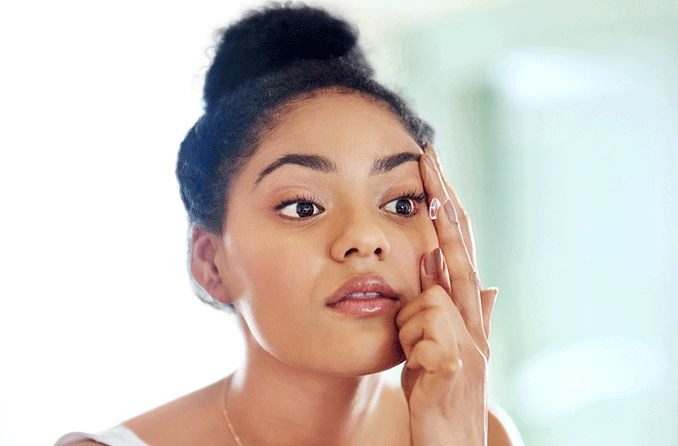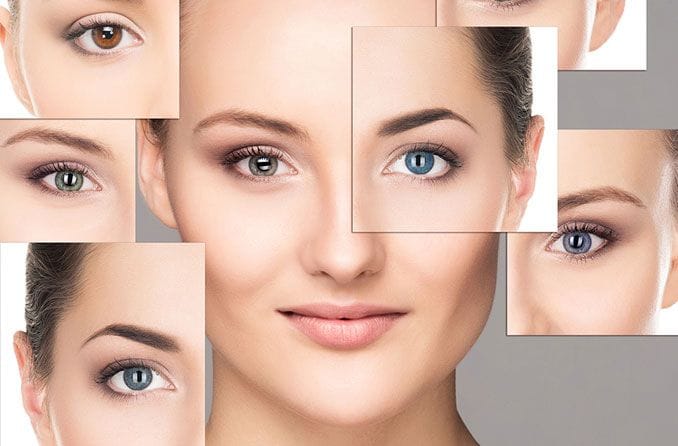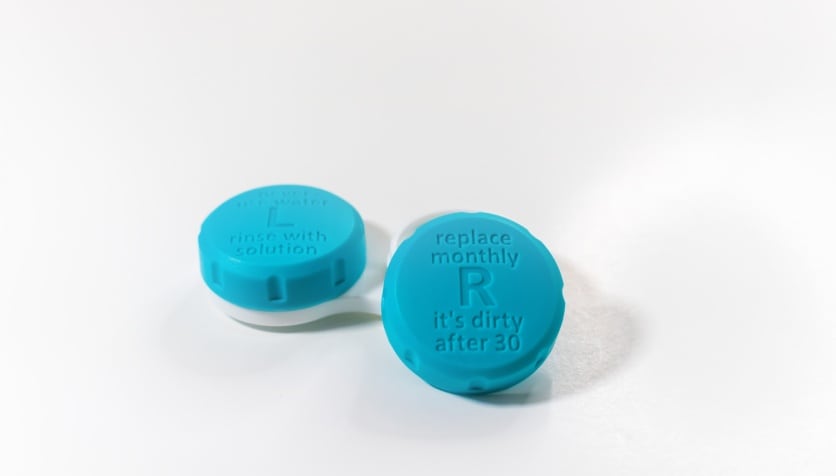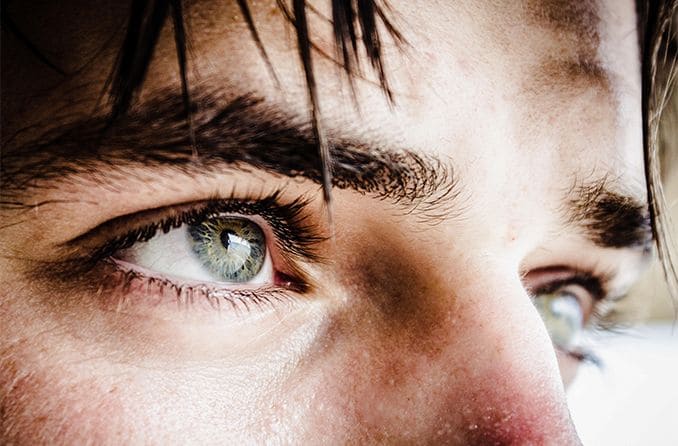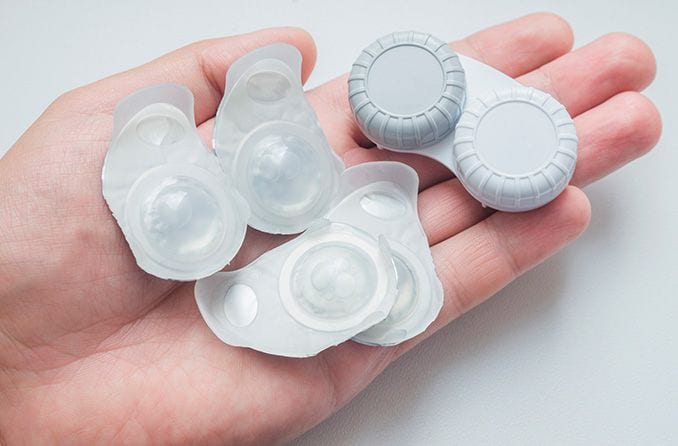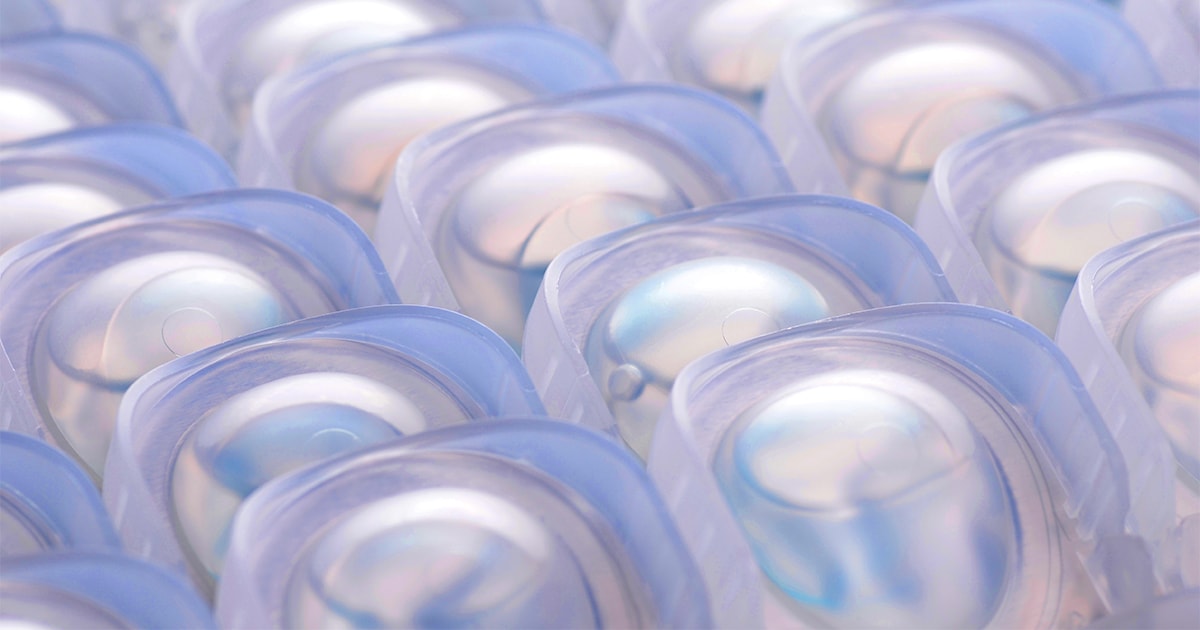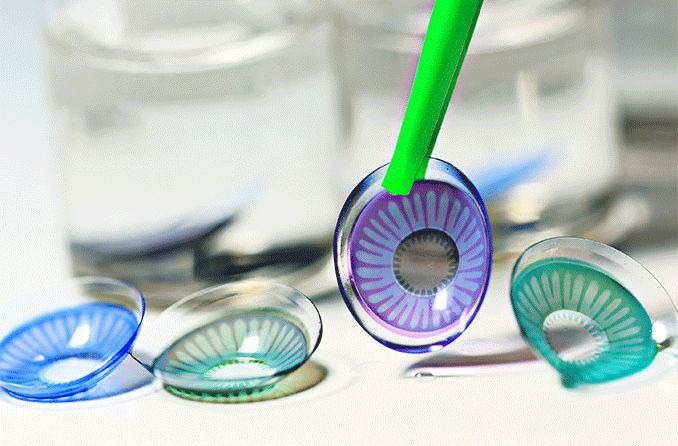Want to wake up with clear vision instead of searching for your glasses every time your alarm rings? If so, extended wear contact lenses might be the right choice for you.
In general, contact lenses can be categorized into two types, based on how long they are approved to be worn before being removed:
- Daily wear (lenses you remove before sleep)
- Extended wear (lenses you can wear overnight)
So what's the difference between daily wear and extended wear lenses?
Most extended wear (EW) contacts are thinner than daily wear soft lenses, or are made of silicone hydrogel material. This advanced lens material enables EW lenses to "breathe" better than regular soft (hydrogel) lenses. This is especially important when lenses are worn continuously for extended periods.
Most extended wear soft contact lenses are approved for up to seven days of continuous wear, depending on your eye care professional's recommendations. Some EW lenses are approved for up to 30 days of continuous wear.
Extended wear gas permeable lenses also are available.
It's important to note that these are the maximum recommended wearing schedules. Many people cannot tolerate wearing EW lenses for this length of time, and some people's eyes cannot tolerate any overnight wear of contact lenses.
During your contact lens fitting and follow-up, your eye doctor will advise you whether you can wear EW contacts overnight and how many days of continuous wear your eyes can tolerate.
Risks of extended wear contacts
Research has shown that the risk of eye infections is higher among people who sleep while wearing contact lenses.
Wearing contact lenses continually (day and night) increases this risk because bacteria and other potentially dangerous microorganisms can adhere to the lenses and get trapped between the lenses and your eyes.
These microbes thrive in the warm, moist environment under your contact lenses, especially when your eyelids are closed during sleep. And because contact lenses reduce the oxygen supply to the front surface of your eyes (corneas), your eyes are less able to fight off corneal infections.
Contact lens-related infections can range from an annoying case of pink eye to more serious conditions such as Acanthamoeba keratitis and fungal eye infections that can cause permanent vision loss.
If you wear contacts continuously for several days, your risk of these problems increases significantly.
On the bright side, advances in extended wear contact lens materials has reduced this risk significantly in recent years. For example:
- Most modern extended wear lenses are now made with silicone hydrogel materials that allow significantly more oxygen to pass through the lenses to your corneas than previous EW lenses. This decreases the risk of hypoxia that makes the cornea more susceptible to inflammation and infection.
- Nearly all soft lenses prescribed for extended wear today are disposable contacts that are designed to be discarded after one to four weeks of use. More frequent replacement of EW lenses reduces the build-up of proteins, lipids and other lens deposits that cause eye inflammation and discomfort and create a hospitable environment for the growth of infection-causing microorganisms.
- Extended wear lenses also are available in rigid gas permeable (GP) lens materials. Some eye care practitioners prefer GP lenses for extended wear because these rigid lenses cover less of the eye. Also, extended wear GP lenses move more freely with each blink, so there's less risk of debris and infection-causing microbes getting trapped under the lenses.
To further reduce risks of continuous wear of contact lenses, many eye care practitioners are recommending "flexible wear" of extended wear contacts (rather than wearing the lenses for several days without a break).
In flexible wear, disposable EW lenses usually are removed at night before sleep, but can be worn overnight occasionally — during a weekend camping trip, for example, or for daytime naps.
Though flexible wear is not quite as convenient as extended wear (proper lens care using an approved contact lens solution is required each time the lenses are removed), it may be less risky than full extended wear.
Daily disposable lenses and other alternatives
Despite these extended wear safety improvements, wearing contact lenses during sleep still carries a greater risk of complications than removing your lenses daily.
For this reason, most eye care practitioners now recommend daily disposable contact lenses as the preferred alternative to extended wear lenses.
Though daily disposables aren't quite as convenient as extended wear lenses, removing and discarding these lenses after each use eliminates risks associated with sleeping with contact lenses on your eyes.
Another viable alternative to extended wear contact lenses for many people is to choose LASIK or some other type of refractive eye surgery to eliminate the need for prescription eyeglasses and contact lenses altogether.
Generally, to be a good candidate for surgical vision correction, you should be at least 18 years old and your eyeglasses prescription should be stable for a minimum of 12 months.
If problems occur, seek professional care
If you choose to wear EW contact lenses overnight, be sure to check your vision and the appearance and comfort of your eyes every morning. If you experience blurred vision or red, irritated eyes, remove your lenses and see an eye doctor near you immediately.


